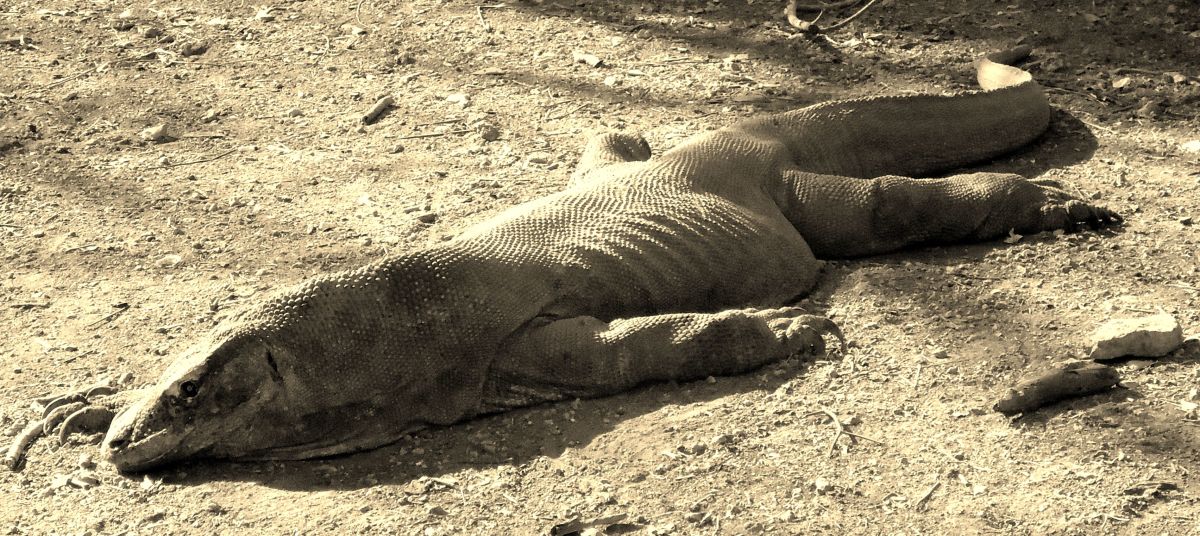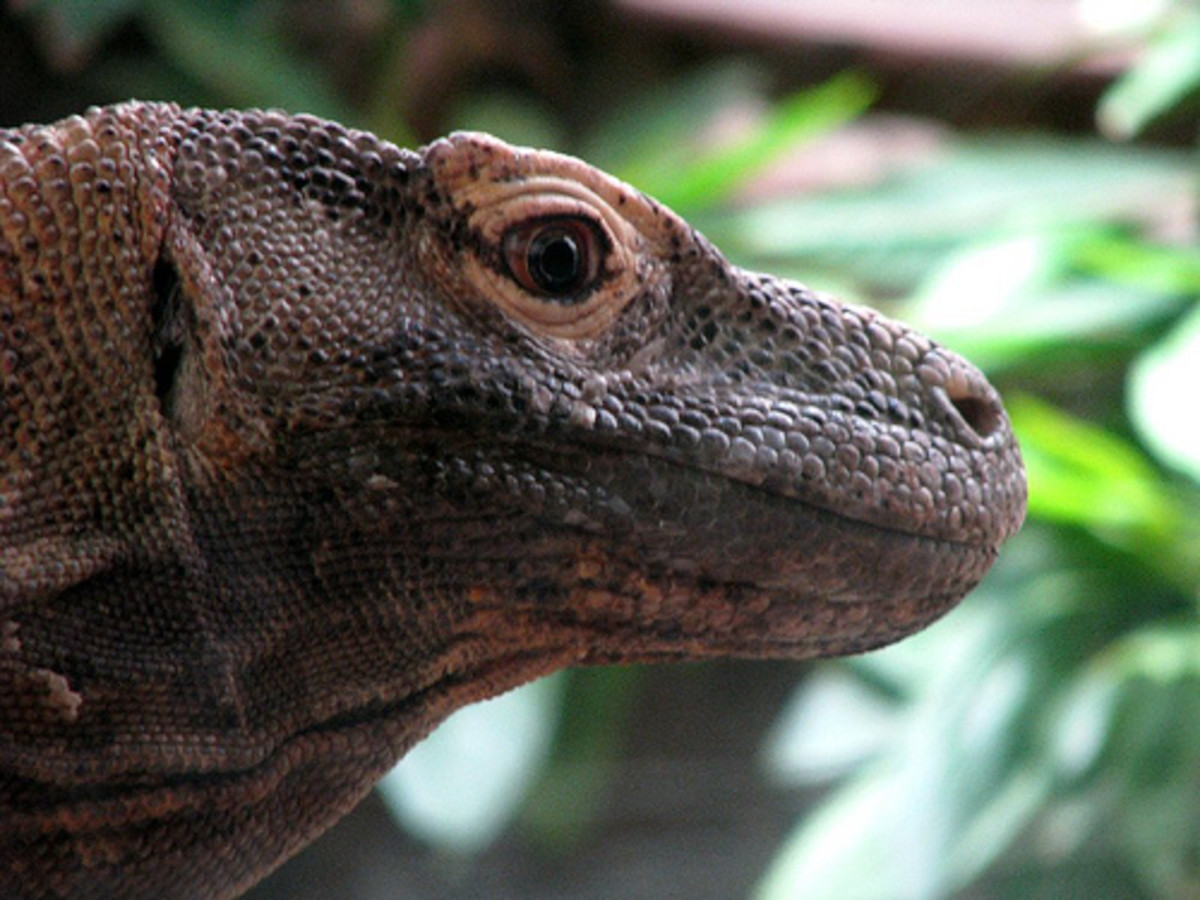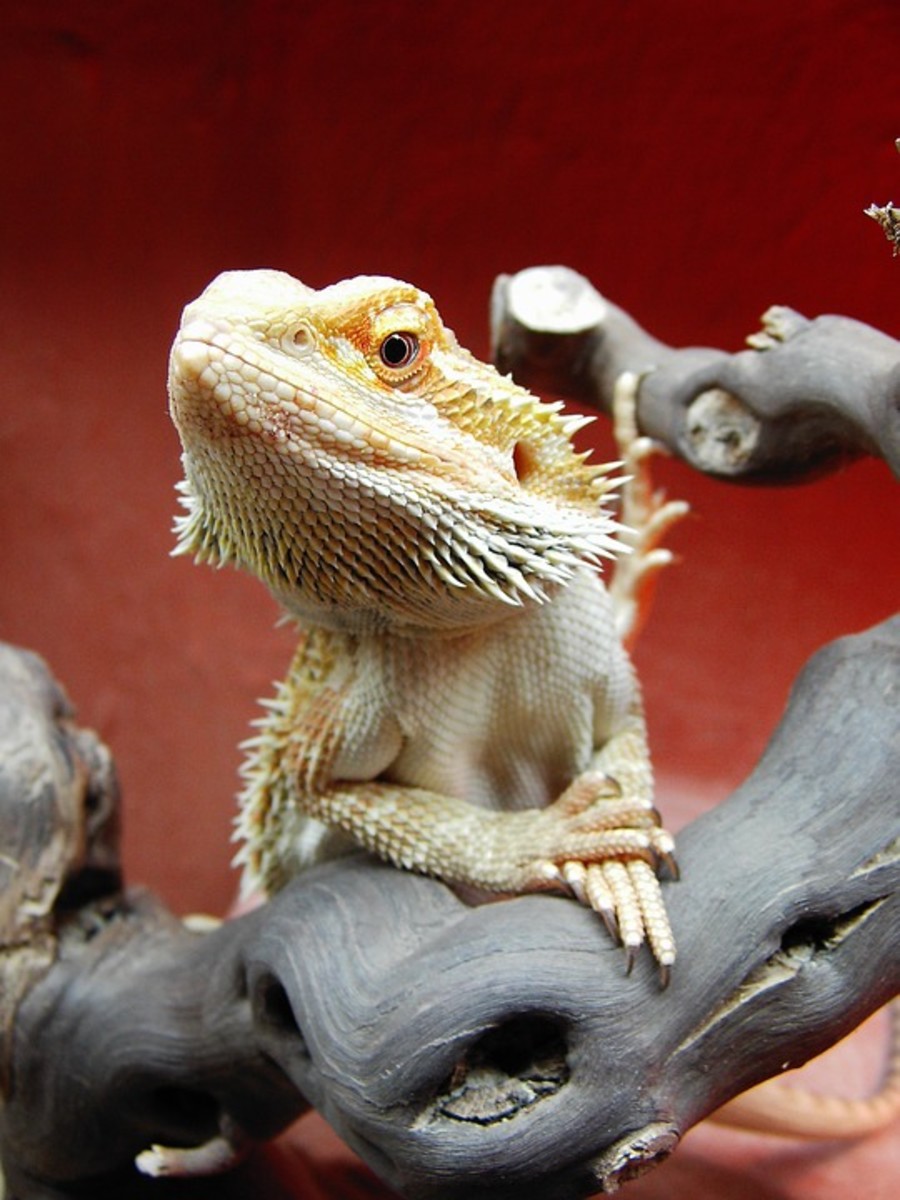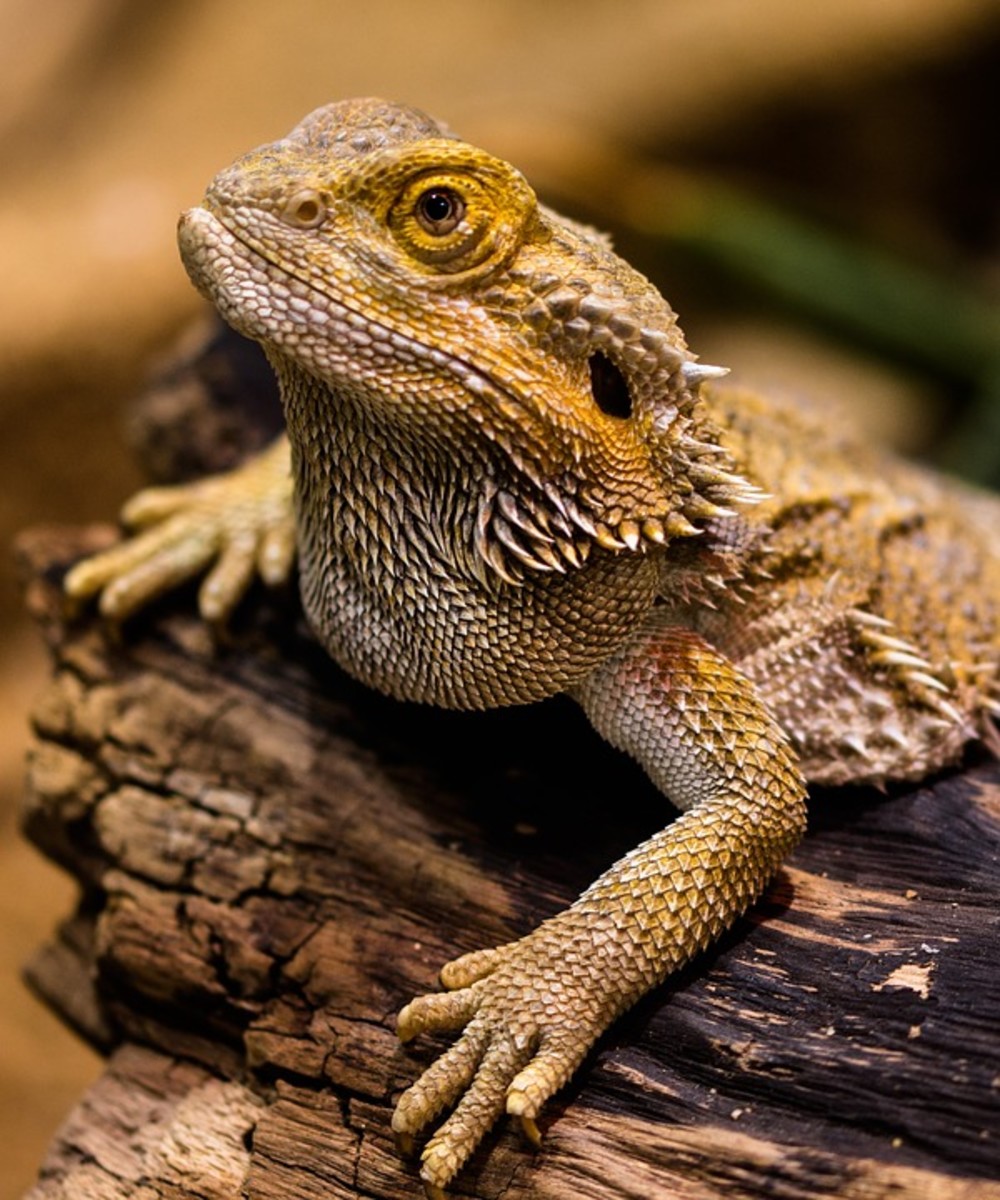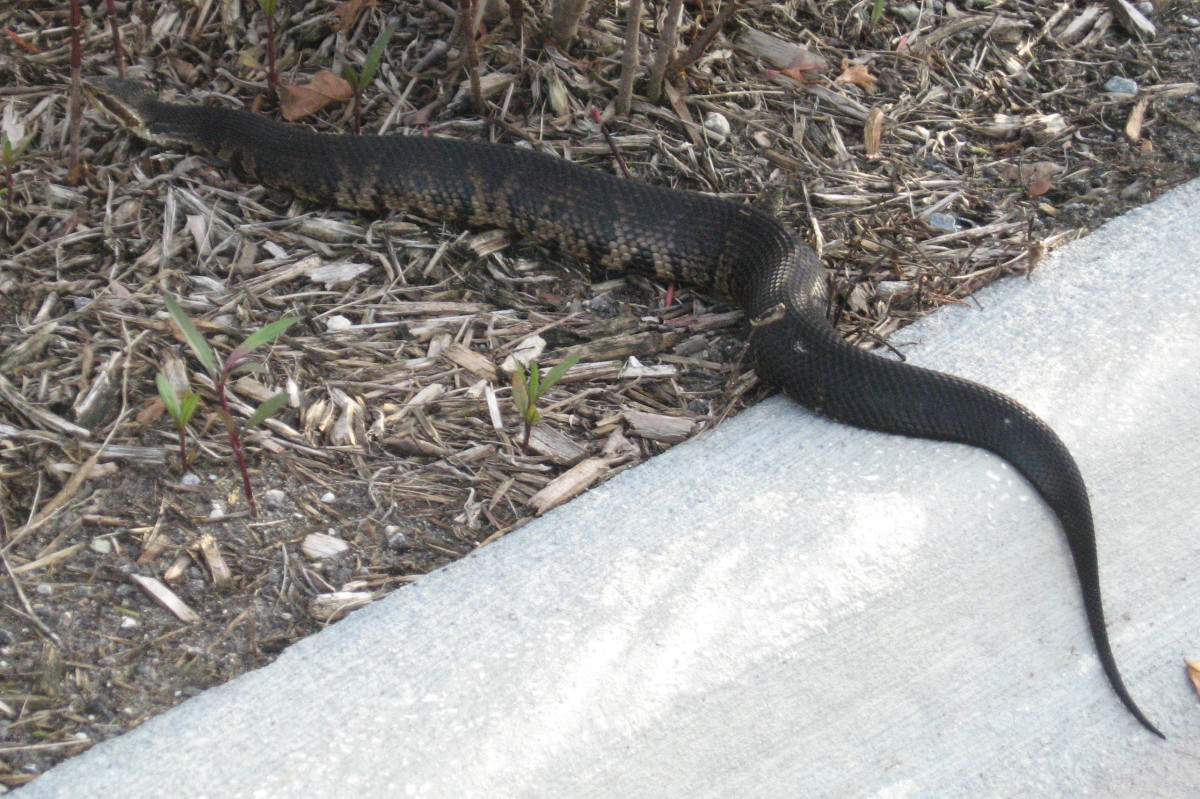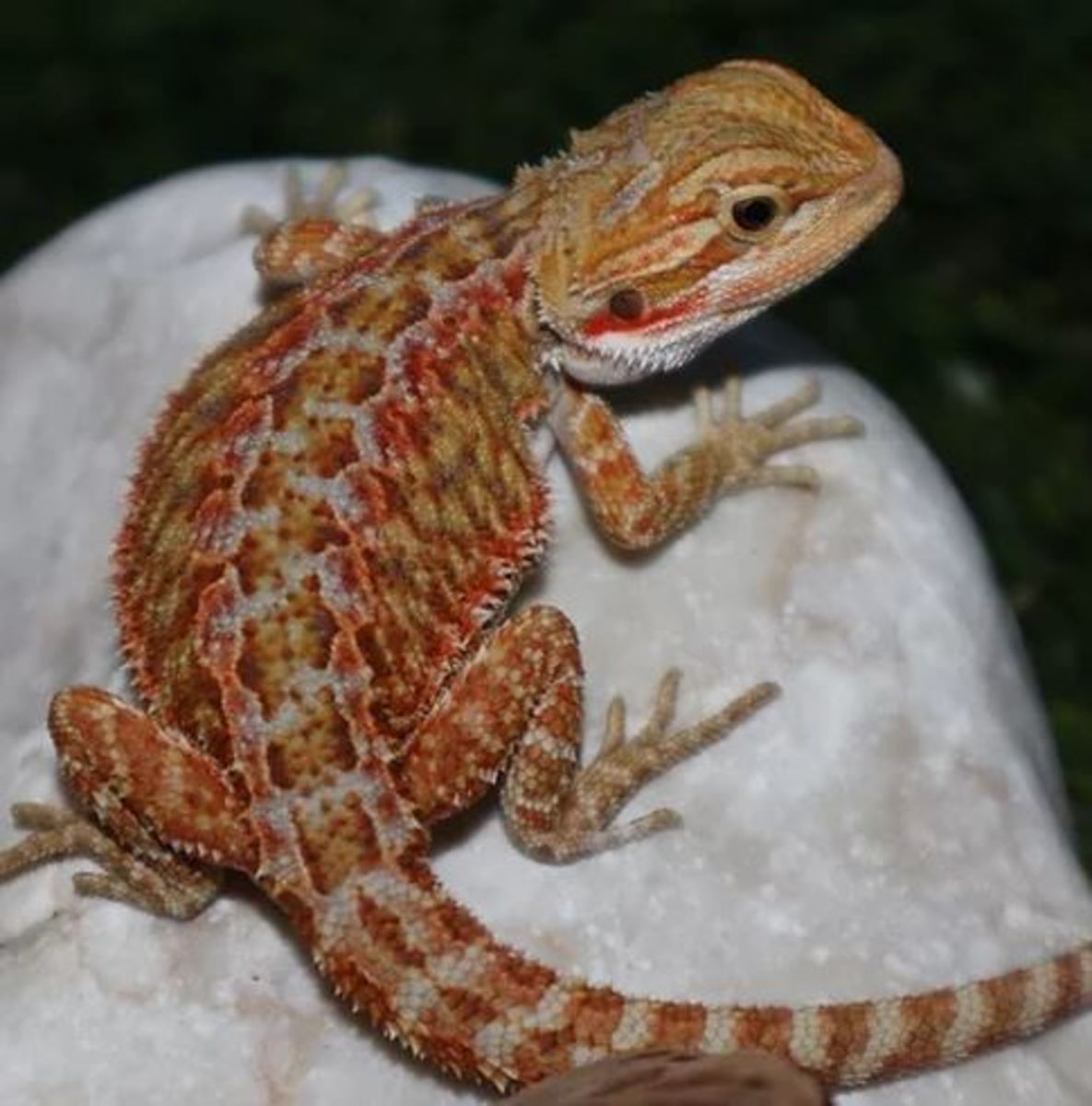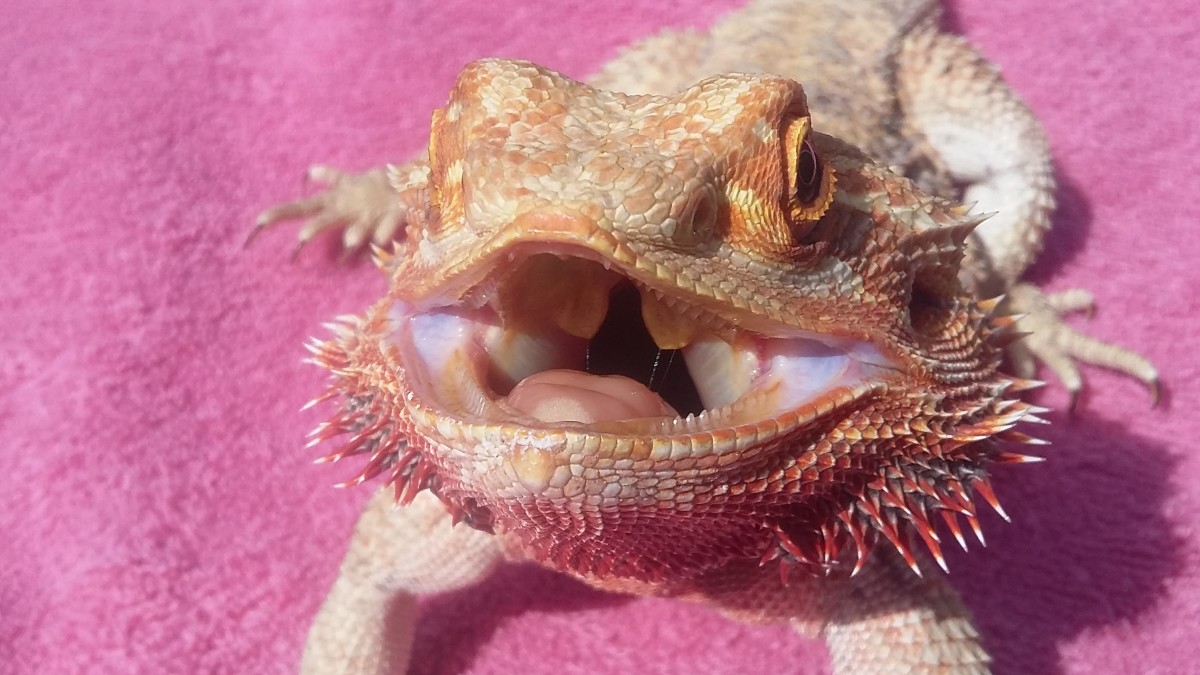What Do Komodo Dragons Eat?
Komodo dragons are animals that have complete carnivorous attributes. They basically eat anything that they can conquer and overpower. For smaller Komodo dragons, eating eggs, rodents, lizards and snakes fills their stomach’s content. Larger sized Komodo dragons go for wild pigs, deer, water buffalos, cows and horses. These creatures are cannibalistic – meaning they feed on their own kind – and adult Komodo dragons prey on younger ones as well as those who are sick and dying. Other Komodo dragons make up to the 1/10 of another Komodo dragon’s diet. Although like other animals, Komodo dragons attack humans for self-defense, a number has been accounted that attack living humans to prey on them.
Eating Machine
Most predatory mammals will leave their preys behind with about ¼ left of the killing, Komodo dragons leave nothing behind. They eat everything – from feathers, furs, to hoofs and anthers. They only leave behind the stomach contents and intestines that contain herbivorous substances. With all of the digestion that takes place in a Komodo dragon’s body, only 8 – 13 % is actually excreted. This results to Komodo dragon’s tendency to survive even when far less food is available. Komodo dragons held captive are known to consume approximately 150 kilograms of meat annually.
Devoted Hunter
The Komodo dragons are fervent hunters. Although, when enough food supply is available, Komodo dragons prefer scavenging as it takes less energy to scavenge than hunt.
Considered to be one of the smartest among the lizard-kind in the animal kingdom, Komodo dragons have learned hunting skills and they also consider their prey’s behaviour. Nevertheless, their acute hunting senses are their powerful tools. They have keen sense of smelling and this attribute is associated with the way they detect the food. They are capable of detecting animals that are up to 8 kilometres far from where they are. Upon arriving at the food source, the Komodo dragon will not consume it not until it has touched it with its tongue. The Komodo dragon’s eyesight is also intense as it can see from as far as 300 meters. Their eyes are more powerful in detecting movement than in focusing among stationed objects. The retina of a Komodo dragon only contains a cone, thus, they are still capable of color distinction but may have poor vision when light is not sufficient. They were once thought of as deaf but have been studied to be able to hear within limited ranges, making them not able to hear pitches in extremely high and low wavelengths.
Despite the fact that Komodo dragons can scavenge daily for an average of 10 kilometres, they also hunt through the so-called “lurk and lurch” method. They do this through lying along paths used by other animals to their water source. They remain motionless and camouflaged until it ambushes the potential prey when it reaches within a meter of the Komodo dragon. They damage the hamstring of larger preys by attacking the leg, afterwards the stomach and throat. For smaller animals, the throat and belly are the target points. The powerful claws in the Komodo dragons' feet can eviscerate a prey. Additionally, they are good swimmers with capacities to swim within long distances. They can also dive like other monitors.


